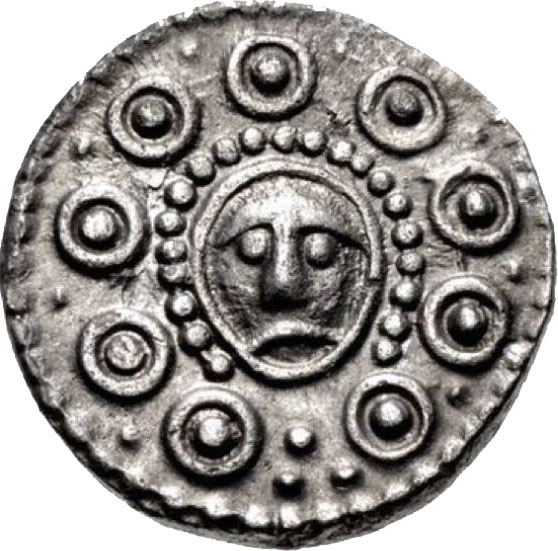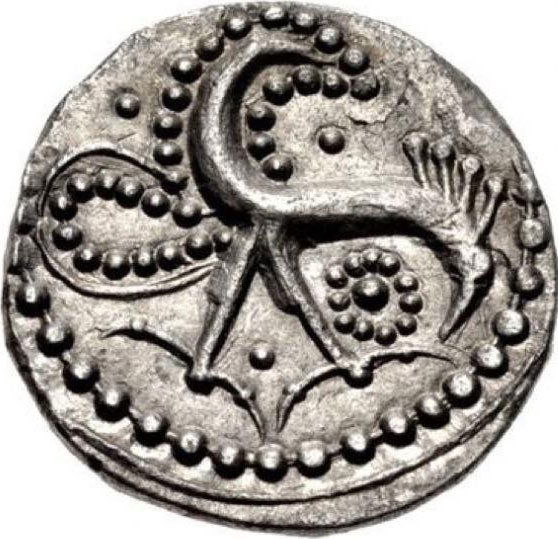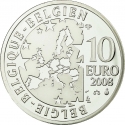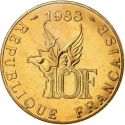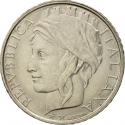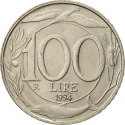You are about to finish your registration. Please check your mailbox (including spam folder). There should be a letter with a confirmation link. Check setting to make sure that your e-mail address is correct.
Send letter againDescription
Sceatta (singular sceat) were small, thick silver coins minted in England, Frisia and Jutland during the Anglo-Saxon period.
This sceat was manufactured in Hamwic, a port city thought to be modern day Southampton. Hamwic was the first Channel port of the expanding kingdom of Wessex, and provided a site for trade with the Franks and Frisians. Surprisingly, while there was certainly continental trade through Hamwic, this coin type has not been found in any great number outside of the Hamwic area. Perhaps this was an internal coinage for the merchants of England, and other coins were for international trading.
Anglo-Saxon England was early medieval England, existing from the 5th to the 11th century from the end of Roman Britain until the Norman conquest in 1066. It consisted of various Anglo-Saxon kingdoms until 927 when it was united as the Kingdom of England by King Æthelstan (r. 927–939).
The Anglo-Saxons were the members of Germanic-speaking groups who migrated to the southern half of the island from continental Europe, and their cultural descendants. Anglo-Saxon history thus begins during the period of Sub-Roman Britain following the end of Roman control, and traces the establishment of Anglo-Saxon kingdoms in the 5th and 6th centuries (conventionally identified as seven main kingdoms: Northumbria, Mercia, East Anglia, Essex, Kent, Sussex, and Wessex), their Christianisation during the 7th century, the threat of Viking invasions and Danish settlers, the gradual unification of England under Wessex hegemony during the 9th and 10th centuries, and ending with the Norman conquest of England by William the Conqueror in 1066.
Anglo-Saxon identity survived beyond the Norman conquest, came to be known as Englishry under Norman rule and ultimately developed into the modern English people.
Obverse

|
Woden’s head with bosses around. |
|---|---|
Reverse

|
A pecking bird. |
| Edge | - |
Characteristics
| Material | Silver |
| Weight | - |
| Diameter | - |
| Thickness | - |
| Shape | - |
| Alignment | - |
| Mint |
Hamwic Mint
|
